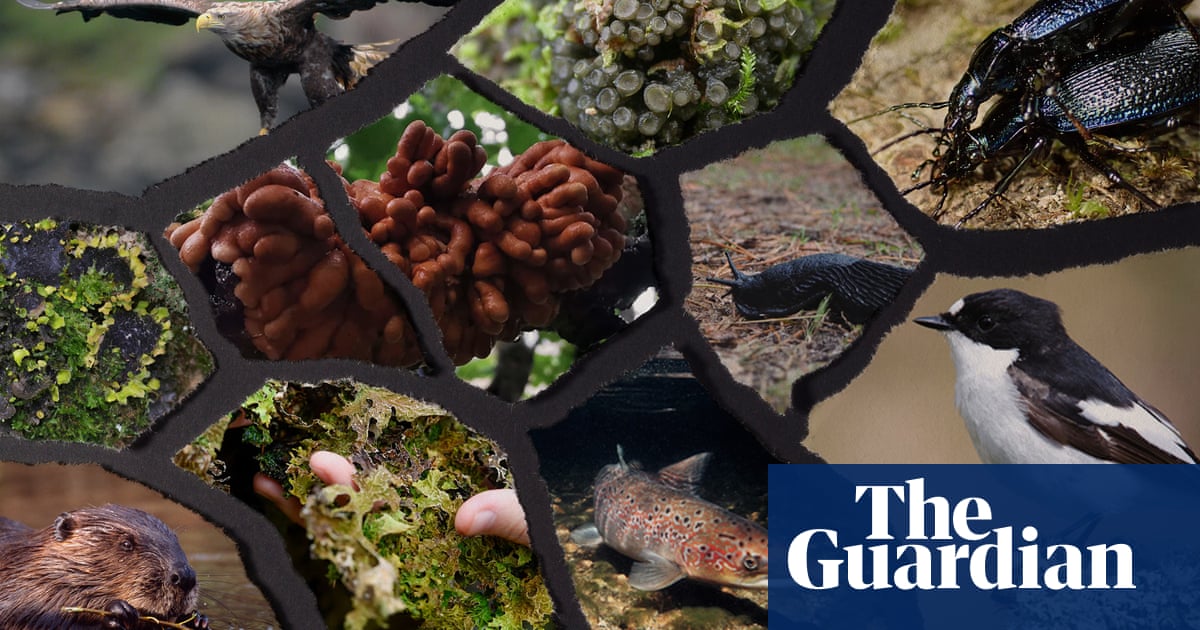It is a weird and wonderful sight: millions of migratory insects funnelling through a single narrow pass high in the Pyrenees, looking like a dark flying carpet and emitting a low, deep hum.
A team of scientists from a British university that has been studying the phenomenon for the last four years has now concluded that more than 17 million insects fly each year through the 30 metre-wide Puerto de Bujaruelo on the border of France and Spain.
âIt really is a magical thing,â said Will Hawkes, from the centre for ecology and conservation at Exeter University. âYou sweep your net and itâs full of the tiniest of flies, all journeying on this unbelievably huge migration.â
The work has its origins in the discovery in 1950 by British ornithologists Elizabeth and David Lack, who âchanced upon a spectacleâ â the migration through the pass, which sits at 2,273 metres.
Hawkes said: âThey witnessed remarkable numbers of marmalade hoverflies migrating through the mountains. We went to the same pass to see if this migration still occurred, and to record the numbers and species.
âNot only were vast numbers of marmalade hoverflies still migrating through the pass but far more besides. These insects would have begun their journeys farther north in Europe and continued south into Spain and perhaps beyond for the winter. There were some days when the number of flies was well over 3,000 individuals per metre, per minute.â
As well as the marmalade hoverflies, they watched butterflies â including cabbage whites, dragonflies and house flies â whiz through the pass. The team used cameras, nets and keen eyesight to spot and record the insects.
There has been an alarming decline in insect numbers across the globe and the assumption is that the amount travelling through the pass has dropped since the Lacks first observed it, though the precise figures were not recorded 70 years ago.
The Exeter team hope that their findings may boost determination to protect their habitats. Hawkes said: âInsects are resilient and can bounce back quickly.â
Team leader Karl Wotton said it was a wonder of nature to see so many insects all moving purposefully in the same direction at the same time.
Wotton said: âThe combination of high-altitude mountains and wind patterns render what is normally an invisible high-altitude migration into this incredibly rare spectacle observable at ground level.â
The researchers said that insect numbers peaked when conditions were warm, sunny and dry â just after lunch seemed the best time. The area is a tourist hotspot and visitors, who at first were a little upset at being bombarded with flies, cheered up when they realised what was going on.



